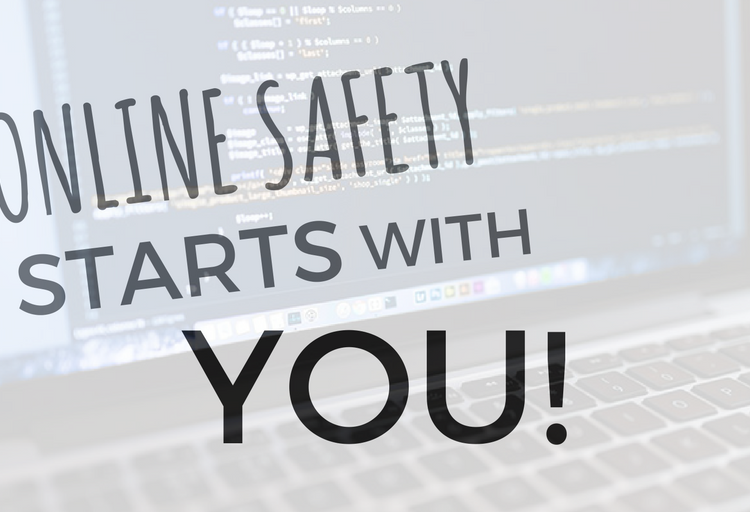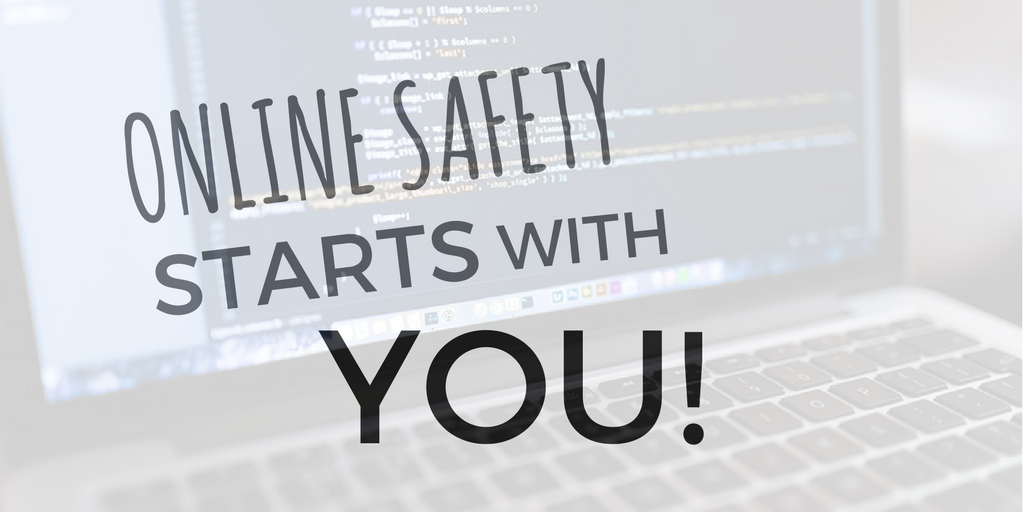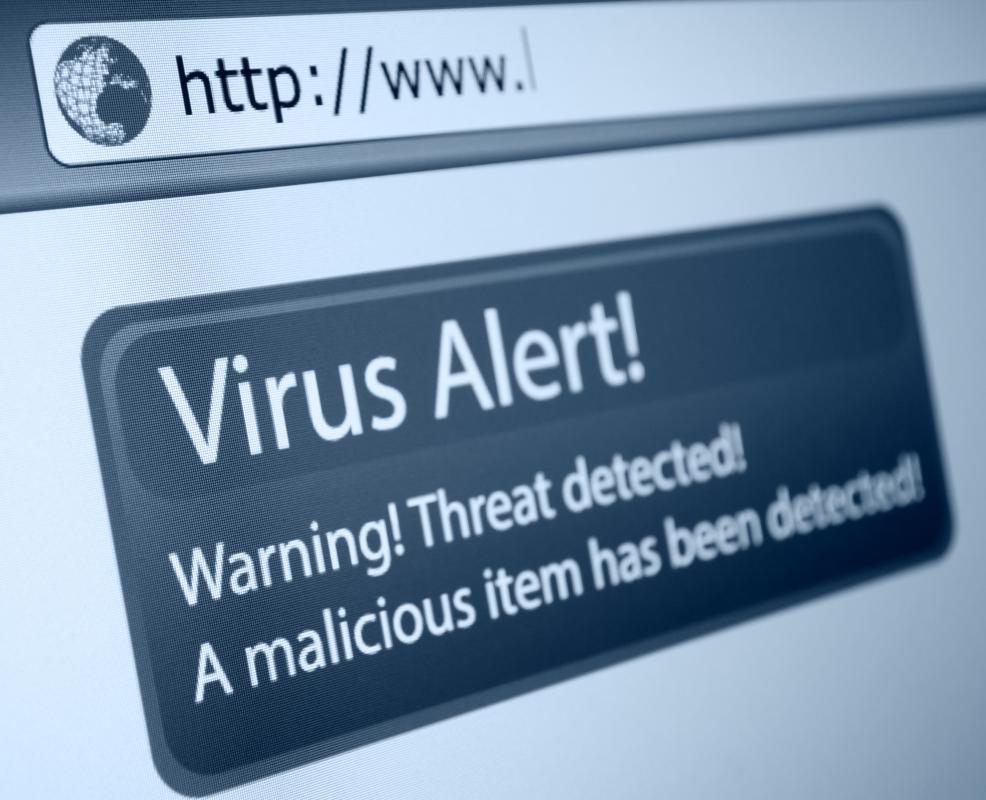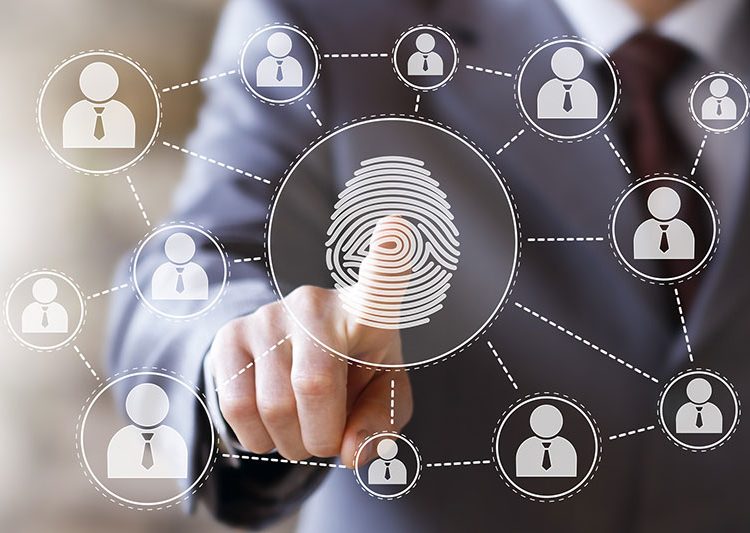Category: Security
Cybersecurity During the Holidays

The holidays are right around the corner, and both consumers and shop owners are taking advantage of the internet during this period of time. Online shopping has grown dramatically in the U.S. over the years. As a matter of fact, in 2014, Cyber Monday, which is basically the online version of Black Friday, surpassed $2 billion in sales. Each year, the number is expected to increase. The reason for this is likely due to many trying to avoid the chaos of holiday shopping in person. Packed shopping malls, long-lines, and cramped parking lots? No thanks.
Now, although online shopping is making the lives of both buyers and sellers easier, cyber hackers are doing a good job of making it complicated.
October was National Cyber Security Awareness Month. In this day and age, with people flocking to the internet instead of retail shops, online security needs to be at the forefront of every company’s strategy.
Basics of Online Safety
The Internet is a great place to connect, find information, and conduct business. But there are many ways for unscrupulous people to take advantage of others online. Fortunately, staying safe online is a skill that can be learned. The following tips will help protect your privacy and your personal and financial information.
Passwords
Passwords should be at least eight characters long, and should contain letters, numbers, upper- and lowercase letters, and a symbol ($&! are some examples). It’s best not to use the same password for every account, because if one site is hacked, hackers may try the same password on a number of accounts. It’s easy to forget passwords, so write them down in one place somewhere away from your computer that you can easily find and remember.
Social Media
Facebook is a wonderful tool for connecting with friends and family, but it can be a challenge to use social media without compromising your privacy. Take advantage of privacy settings. Facebook provides the ability for users to limit who can see your posts, pictures, and other information. Setting your account to “private” in the settings menu and limiting your posts to “friends only” ensures that strangers can’t see what you post online.
Even when your social media is set to private, your posts are your public face. Friends on social media can take screenshots or copy anything you write online and share it. A good rule of thumb is not to post anything you would not say in public.
Junk email is a nuisance. If you are getting a lot of email from a company you’ve done business with, you can usually find a link at the bottom of the email to unsubscribe from their mailing list or limit the number of emails they send. Unsolicited email should be added to the “spam list” provided by your email provider. Never click a link in an unsolicited email. These links may lead to scams or software that could infect your computer.
Scams
Scams are common on the Internet, but you can avoid becoming a victim by using common sense and being aware of the techniques used by scammers. People will sometimes post on social media about personal emergencies and ask for money. Before giving any money, reach out to the person directly to confirm that their account has not been hacked. Another common scam involves emails saying that you or a family member owe money. These are almost always scams. Do not respond to an email asking for money. You may sometimes see an email or pop up warning that your computer has been infected with viruses or malware. Scammers will either attempt to sell you useless software or ask you to download a program that will infect your computer with actual malware. If you are concerned that your computer has a virus, contact a professional, but never download anything you see on a popup window.
What’s the difference between http and https?
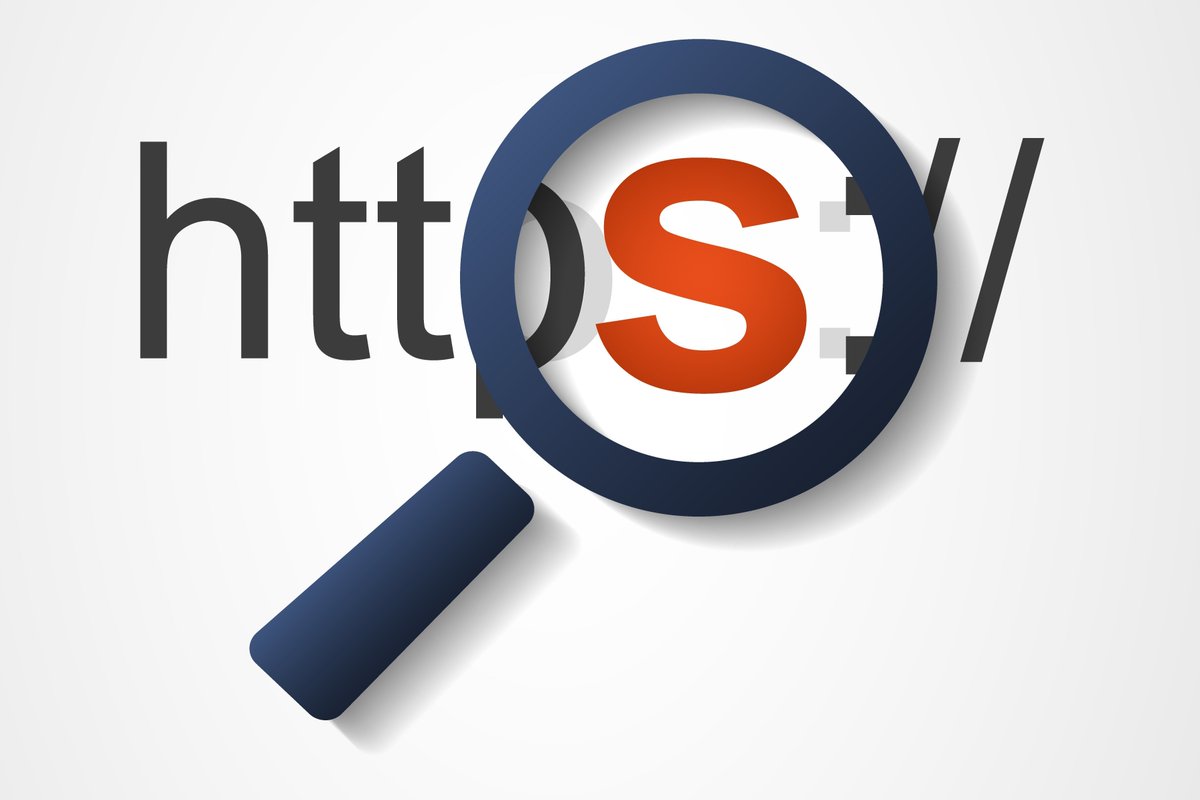
What is the difference between http and https?
The answer is simple and important for both users and site administrators to understand.
HTTP
HiText Transference Protocol is the default protocol for the web. Through it, your browser requests a server for web pages.Thanks to HTTP, you access blogs, send forms, emails and etc.
HTTP is insecure because it is text-based only, which allows intruders to intercept, alter, and steal the transferred information. That’s where HTTPs comes in.
How To Avoid Computer Viruses
What is a virus?
A computer virus is simply a computer program that executes malicious code on your machine.
To make the concept of a virus simple to understand, consider this example. A computer program has a particular function. Microsoft Word, for example, is a text editor program. Excel is a program for creating spreadsheets. A virus is also a program, except its function is to perform tasks that delete your files, steal passwords from your computer, and many others.
Two-Factor Authentication
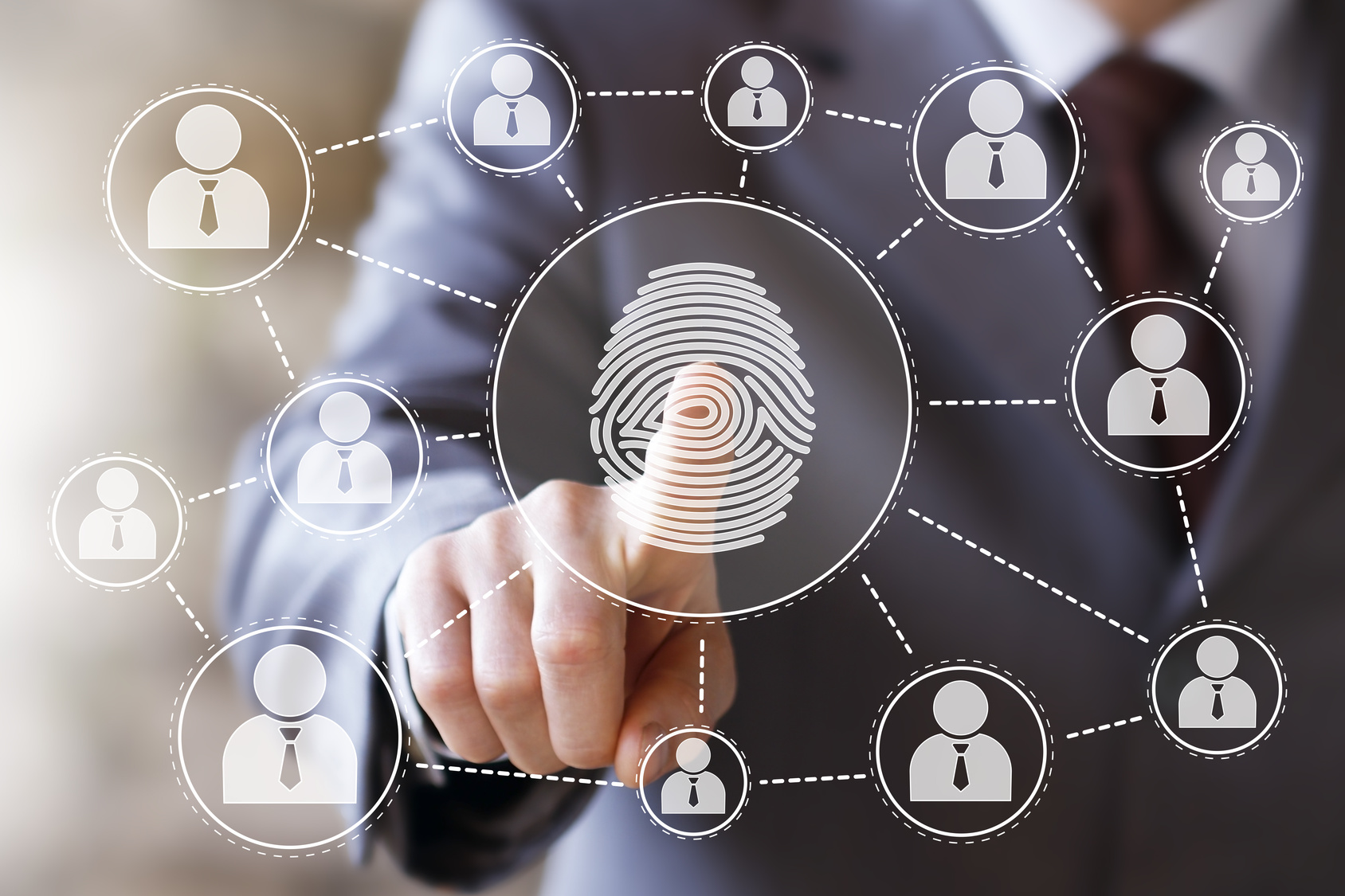
Over the years we can see that the use of conventional passwords are not enough to protect ourselves online. Accounts are easily invaded through the discovery of personal passwords, social profiles are violated, increasingly sophisticated malware is spread, and mobile threats have become increasingly present in our day-to-day lives. Several attacks are enough to prove that the security provided by traditional passwords are no longer as efficient as they used to be. This is due to the fact that the technologies used by malicious users have evolved.
One of the last (already ineffective) methods formerly used are the one-time acronym passwords (OTP), which basically give you a specific time-frame to insert your sensitive information. If it takes too long for you to insert that information, then your login is delayed. All of this is done in an effort to circumvent robots or malware who may try to break into your private accounts. However, this has already become useless because the malware programs used by hackers are now able to slip through these techniques. Although this tactic is still active and employed, it is considered by many to be 70% ineffective.
11 Tips for Creating Strong Passwords

Are you concerned with your online safety? Here are 11 tips to creating strong passwords – 1. Create passwords that use a combination of both upper and lower case letters, along with a combination of symbols and numbers. 2. Don’t use your wireless network’s name as your password, though you may be tempted to do this since it’s convenient. 3. Don’t create passwords that are easy to guess, such as “1234”, “username”, and “password”. 4. Don’t create passwords based on your confidential information (it’s not as private as you think). Avoid using things such as names of family members, social security numbers, phone numbers, birth dates, etc. 5. Avoid using “real words” (you know, like the ones you’ll find in the dictionary.) There are freely available password-cracking tools on the internet that come with dictionary lists. These lists will try thousands of common passwords and names all at once. If you do use words from the dictionary, try adding numbers to them, as well as different punctuation at the beginning and/or the end of the word. 6. Avoid using side-by-side keyboard combinations: For example, “123456”, “zxcv”, and “qwerty” are all terrible passwords that are easy to crack. 7. Some of the best passwords aren’t necessarily words, but a collection of words that form of phrase. For example, your password may be the first sentence of your favorite book. Making your password complex is good, but making it longer is better. These are called passphrases. Not so long ago, it used to be the case that creating a password that was 8-10 characters in length was good enough. However, these days it has become increasingly affordable for hackers to develop powerful password cracking tools that can run millions of combinations in a matter of seconds. So remember, each character that you include in your password makes it harder for a hacker to attack you through brute force methods. 8. Avoid using the same password on other websites. It’s relatively safe to use the same password on websites that do not store valuable and personal information (such as news websites). It’s a bad idea, however, to use the same password on a web site that is sensitive (such as an online banking website.) 9. Don’t use the password that you created for your email account on another website. If by any chance you get hacked from a different website and the hacker grabs your email address, he can test the password. If it happens to be the same password, pretty soon someone is going to be reading your emails and extracting more personal information from you. 10. Never store your passwords in plain text on your computer. Here’s a better way to remember them: Write down your password on a physical sheet of paper. Create a list of the websites in which you have a password. Next to each one of these websites write down your login name and a clue to help you remember what your password is. If you do tend to forget your password, most companies have a “forgot your password” option on the login screen. When you click that, they will ask you some security questions and email your password. 11. Be weary of generated passwords. There are free online tools at your disposal that will create powerful password combinations for you in a matter of seconds. However, be sure to verify that the generator you are using is safe. Hackers have also figured out a way to create this tool. They on the other hand, will generate a password for others, and then use those passwords to hack into their personal information. Having a secure password is very important. So how do we know if the password we created is strong enough? When we create an online account, usually in the password field, there is a bar that makes an analysis of its strength. To get a good result, we vary the characters between uppercase and lowercase letters, numbers and special characters. Changing passwords from time-to-time is also a good idea. A significant switch in characters every three months would be a good example. We’d love to hear your thoughts and comments below! And as always, if you need any assistance, please email us at Support@HostandStore.com. Enjoy your week! |
5 Things You Should Know Before Unsubscribing

Everyone at one point has received an unsolicited email. Most of us know that cleaning them up from our inbox is as simple as clicking the unsubscribe button at the bottom of the page.
However, what most people don’t know is that clicking on those emails can get them into some serious trouble.
If a spammer sends you an email that looks legit, you may wind up giving away personal information about yourself when you decide to opt-out of his fake mailing list. Worst of all, you could grant him with the opportunity to send you some malware, though obviously not everyone who emails you is out to grab your personal data.
How Do I Protect my Email Account?

Your email account is an open door to your personal life. This makes it the perfect exploitation tool for hackers and cyber criminals. From bank account information to social media logins, a person’s inbox can be filled with private data that can be used to cause great havoc on one’s life. It’s no wonder why hacking an email account is so common. With this being said, here’s what you can do to improve your email security.
Why Should I Have a Secondary Email Address? Part 1: Security
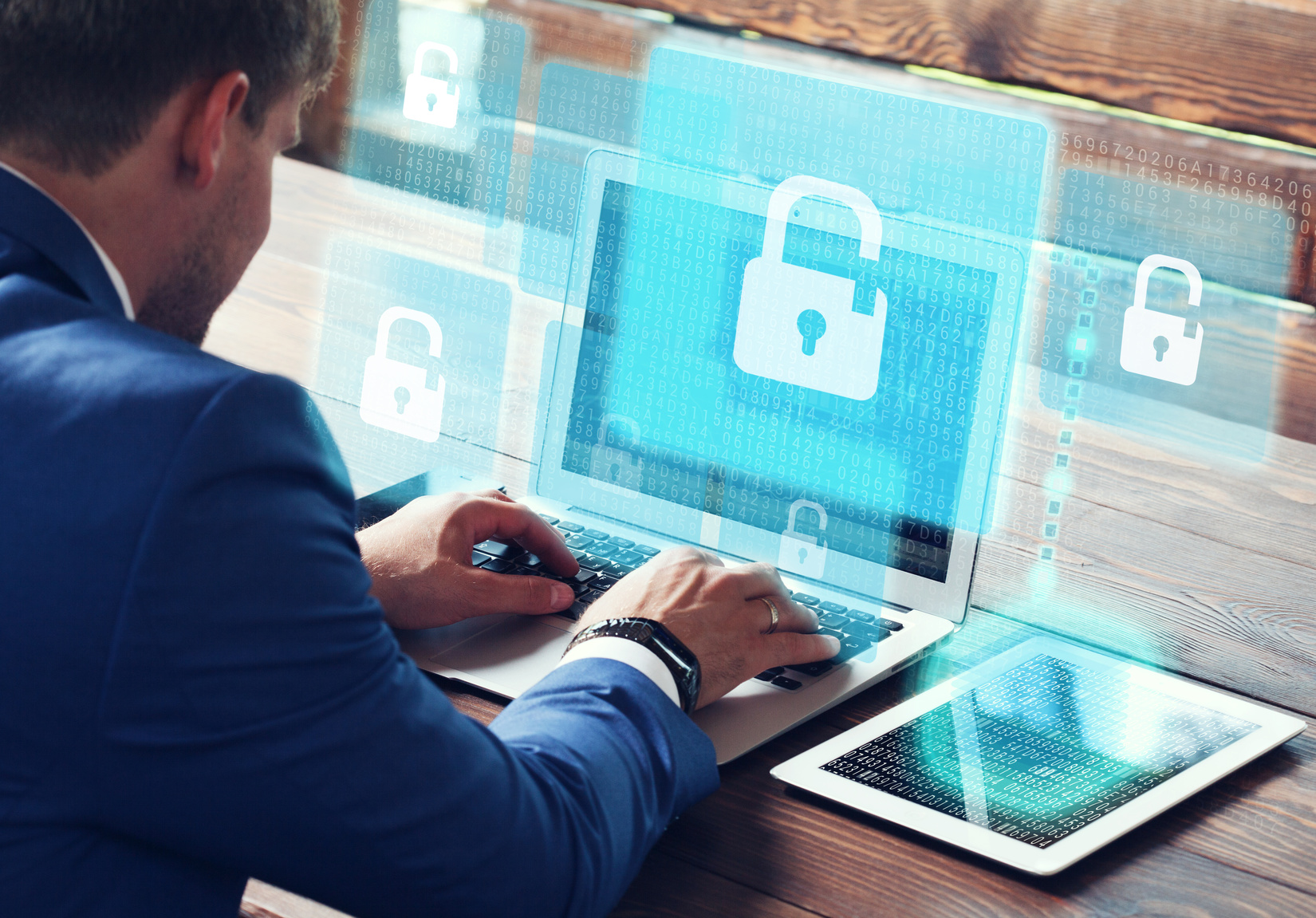
The threat of losing personal data has become an increasing problem worldwide. We currently live in a world where our private information is made vulnerable on a daily basis thanks to cyber criminals, whose primary objective is to steal various forms of personal identifying information (PII), such as social security numbers, account numbers, our identities, and so much more.
With this being said, it has become increasingly important to take preventative measures in regards to how we use our email address on the web. Fortunately, with the right tools, preventing cybercrime can be easy. As a matter of fact, one of these tools is so simple, it’s often overlooked by many people: a secondary email address.
Here are 3 tips on how you can use a secondary email address to protect yourself on the web.
Is it Time to Consider VPS?

A few months ago, we first introduced you to VPS (virtual private servers) on our blog. Today, we’ll be discussing whether it’s time to consider moving from a shared hosting plan to VPS.

